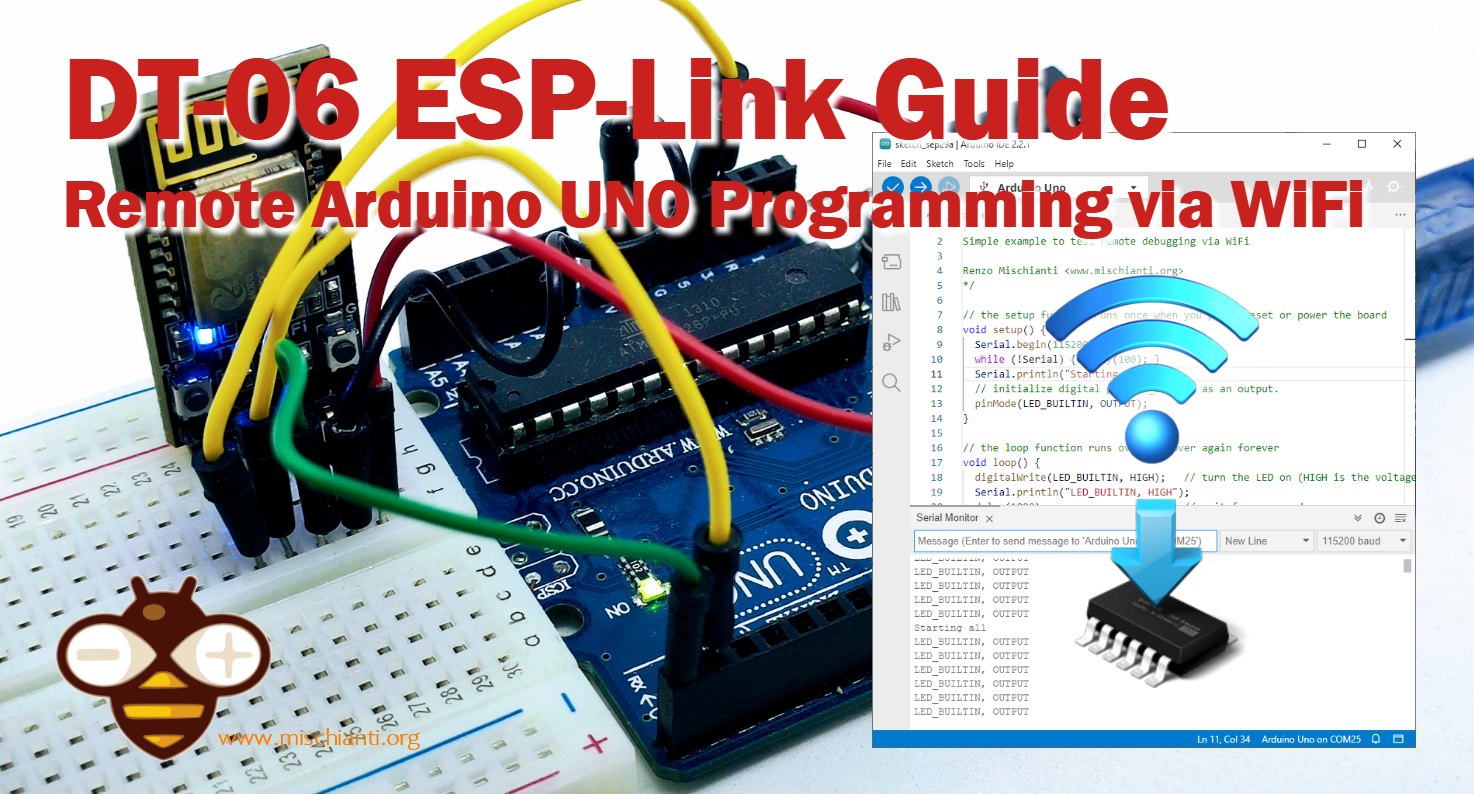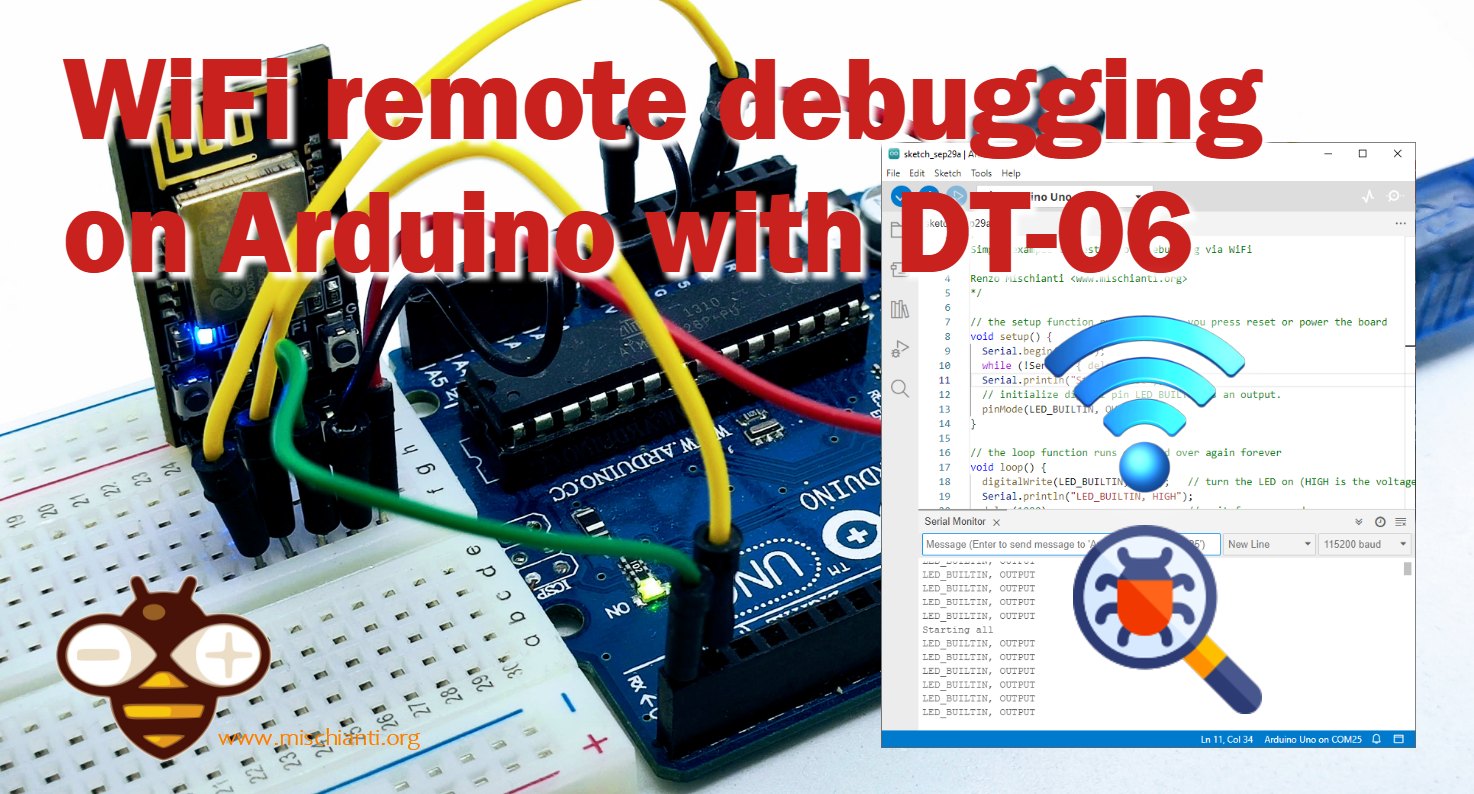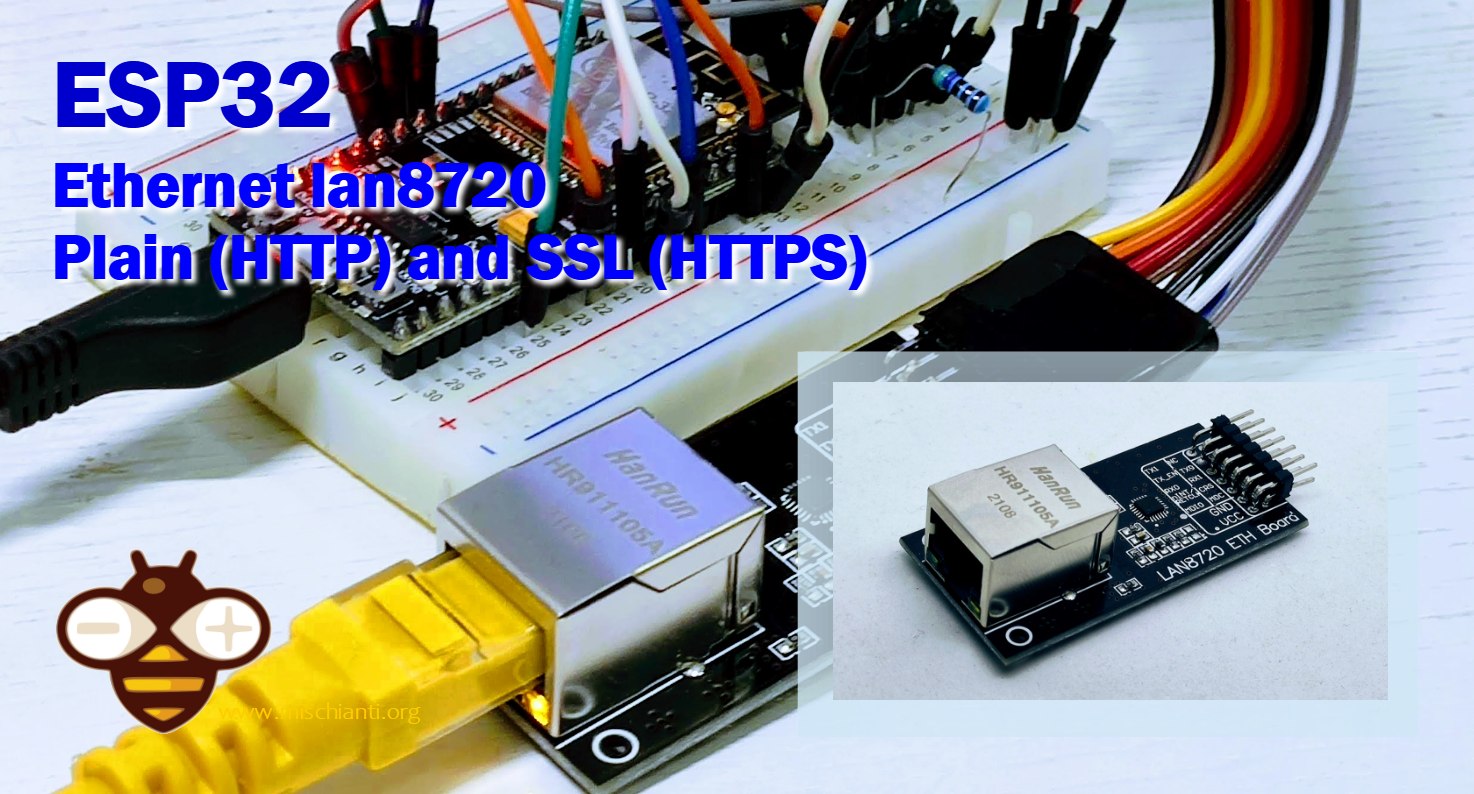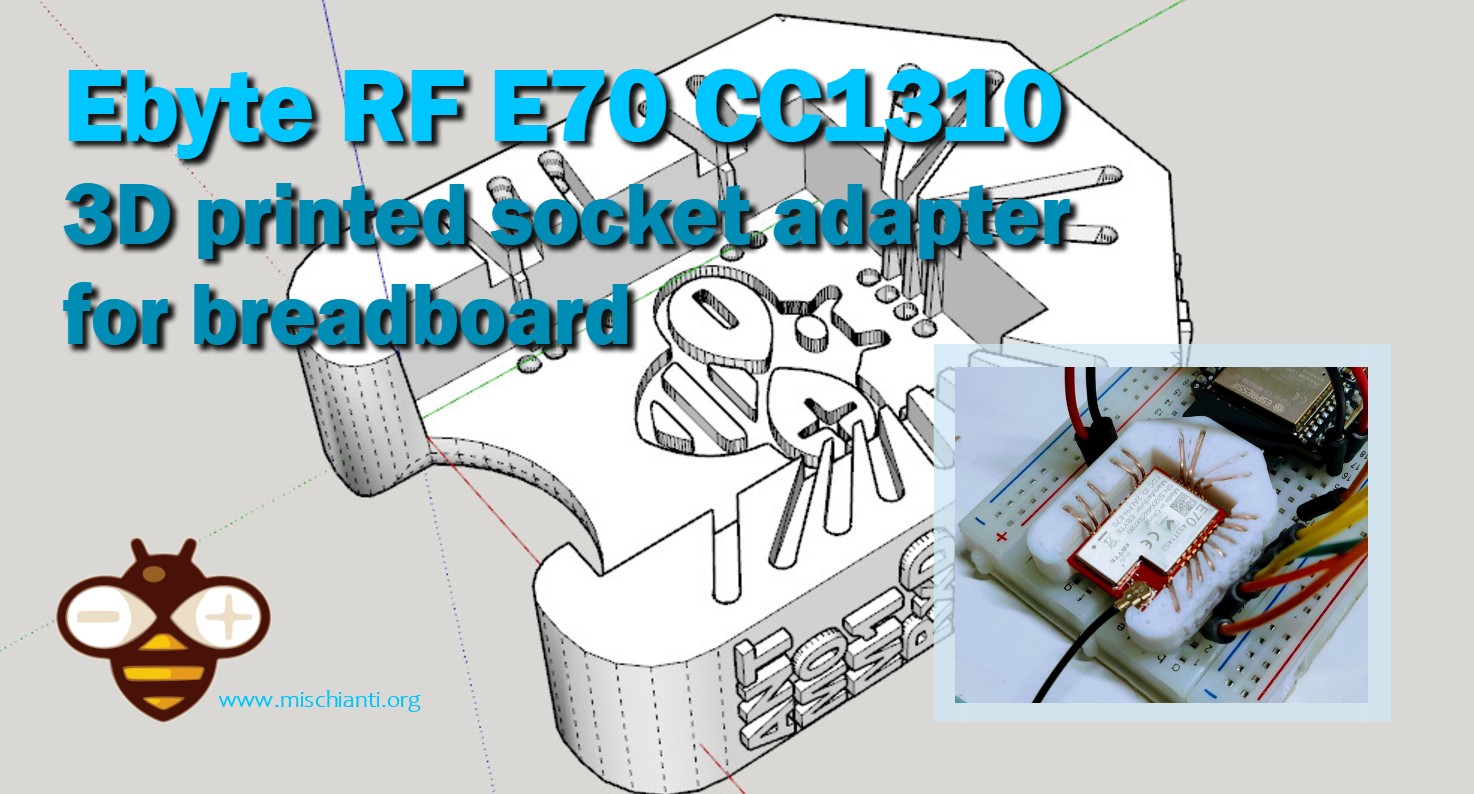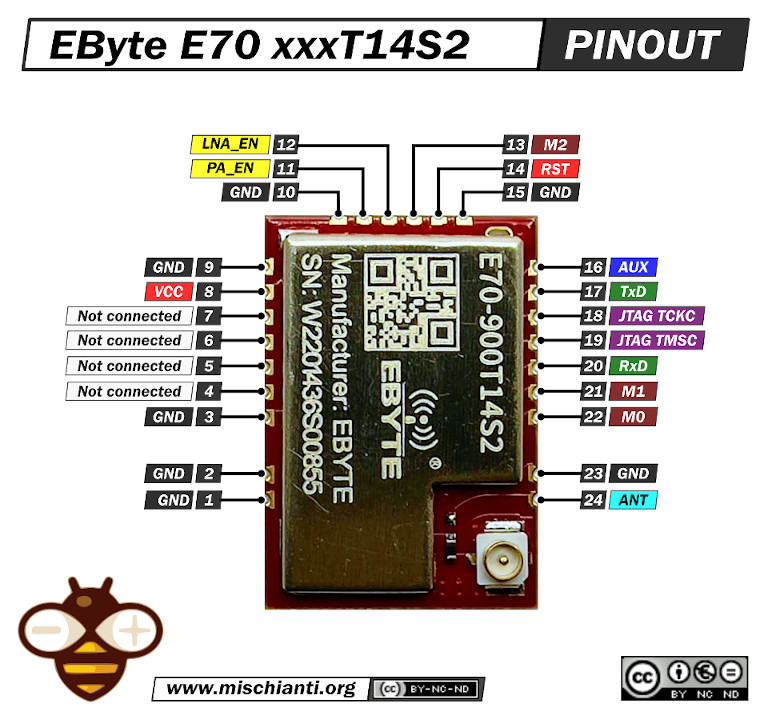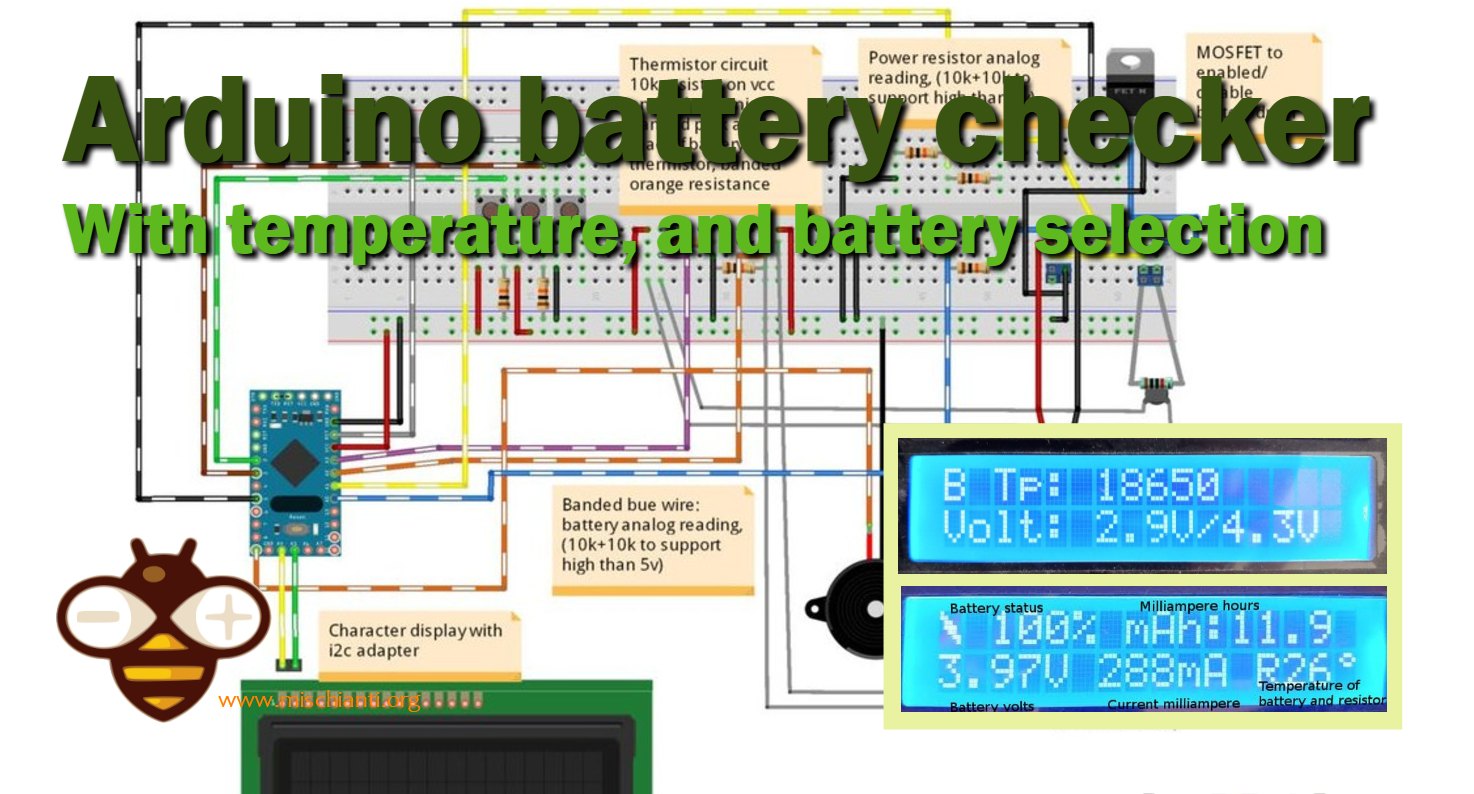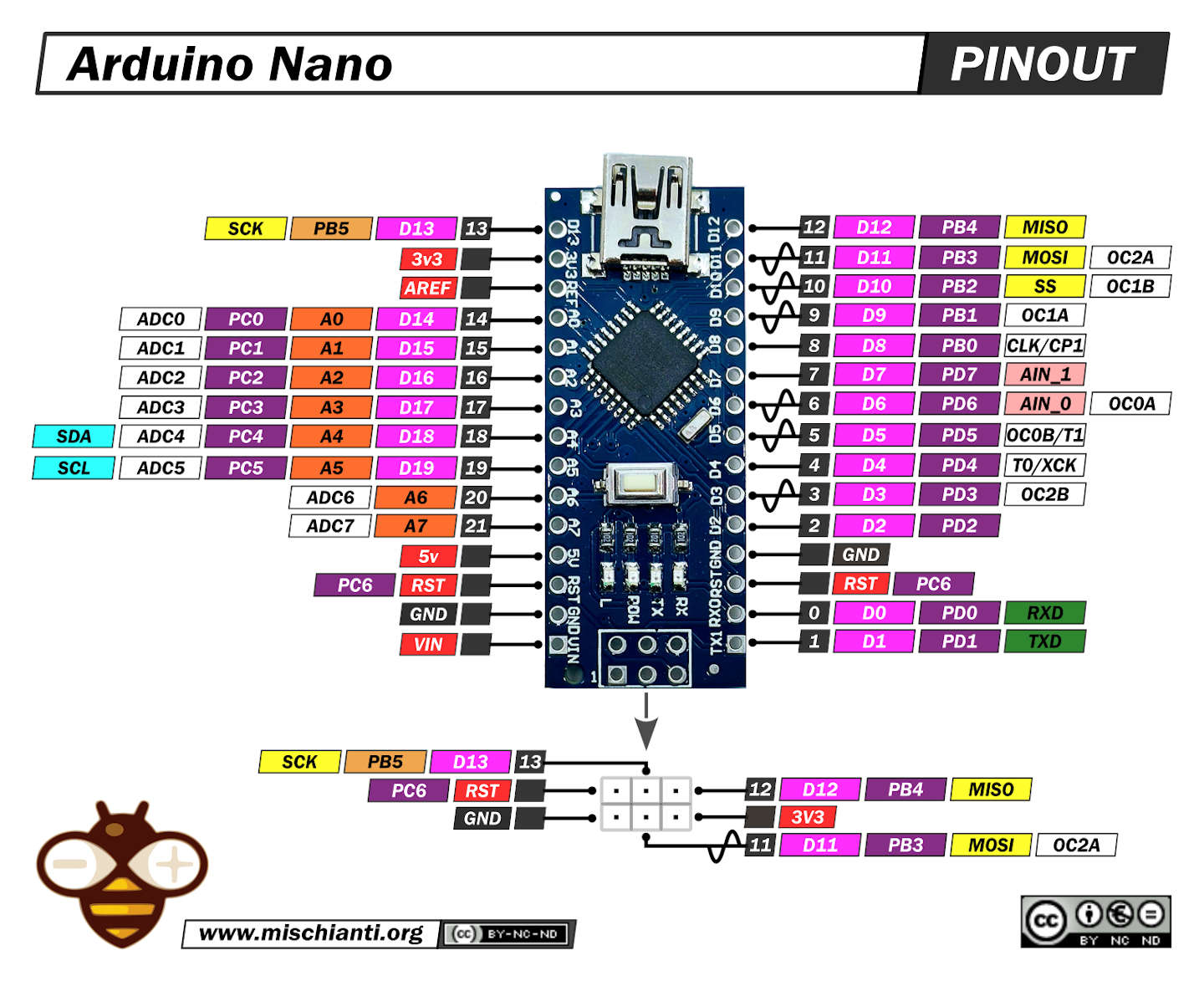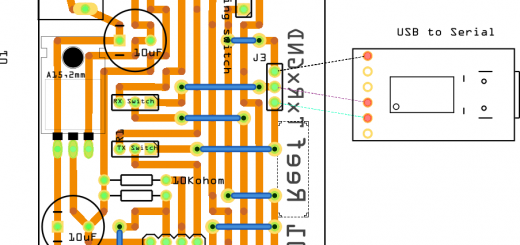Program Arduino UNO Remotely via WiFi with DT-06 ESP-Link Firmware
Unlock the potential of wireless Arduino UNO programming with DT-06 and ESP-Link Firmware. Our guide explores the seamless integration of WiFi and serial communication, transcending the DT-06’s original firmware limitations, and upgrading remote device management in the IoT domain

